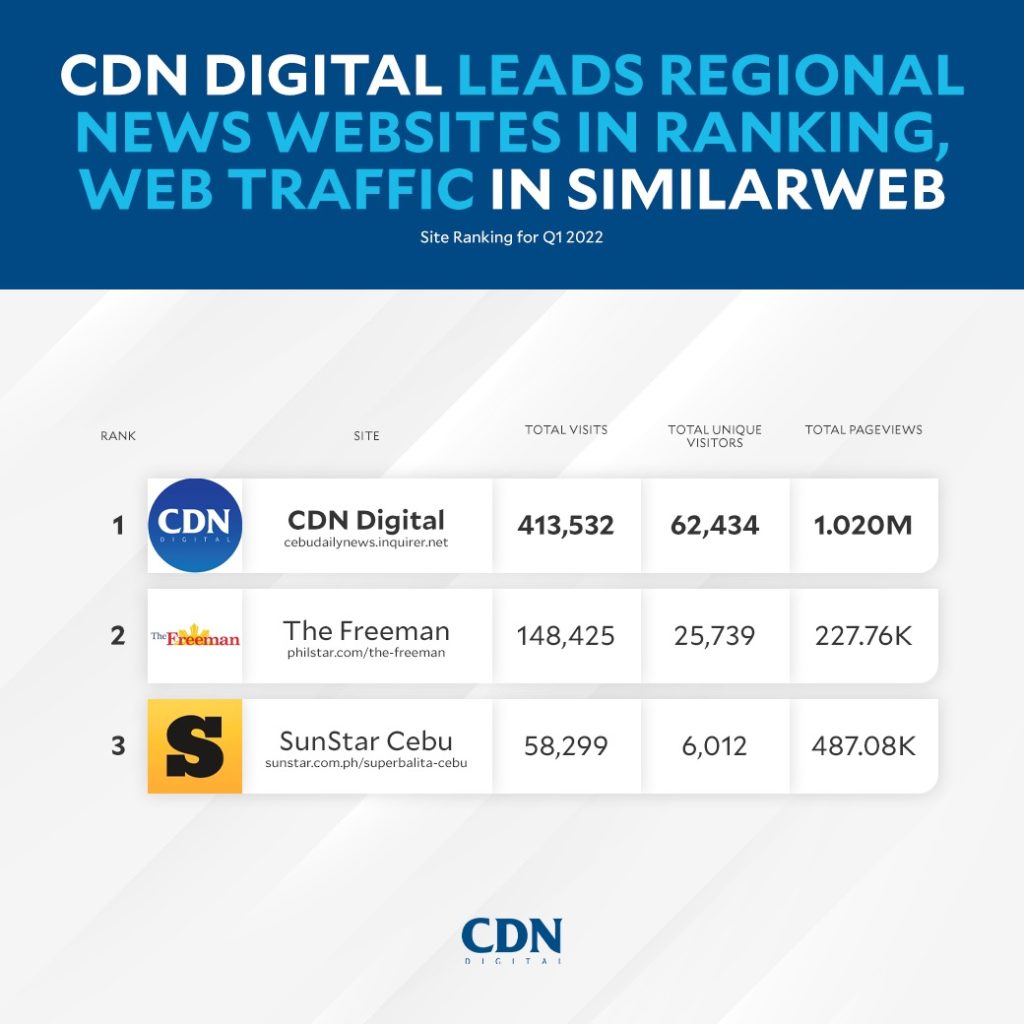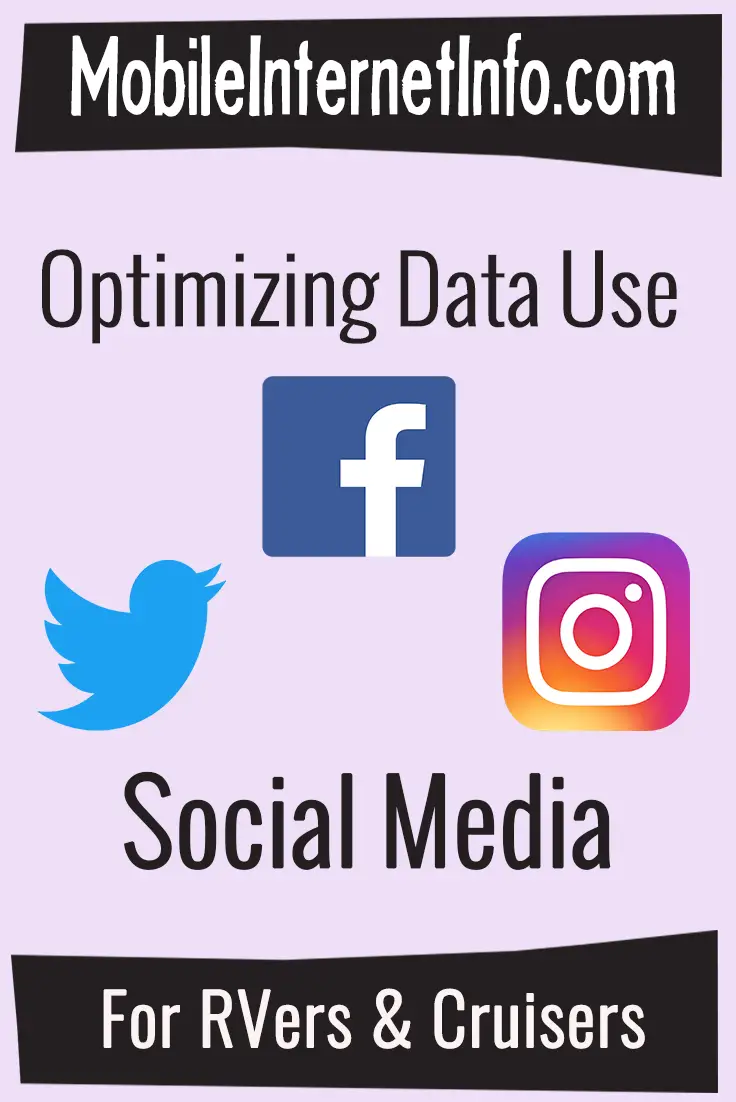Optimizing CDN Usage for Media and Entertainment Websites

To enhance performance and user experience on media and entertainment websites, optimizing Content Delivery Networks (CDNs) is crucial. Here are some best practices:

1. Choose a CDN with a Global Presence and PoPs:

- Select a CDN with servers (Points of Presence, PoPs) in multiple regions to deliver content closer to users, minimizing latency and improving load times.
2. Utilize Adaptive Bitrate Streaming (ABS):
- Implement ABS to dynamically adjust video quality based on user bandwidth, ensuring smooth playback even on low-speed connections.
3. Optimize Image Delivery:
- Use CDNs to deliver optimized images (e.g., JPEG 2024, WebP) to reduce file sizes and improve load times. Consider using lazy loading for images below the fold.
4. Enable HTTP/2 and HTTP/3:
- Support HTTP/2 and HTTP/3 protocols for increased data transfer efficiency, reducing server load and improving website responsiveness.
5. Implement Caching Strategies:
- Enable caching at CDN PoPs to store frequently accessed content for faster delivery. Utilize caching headers (e.g., Expires, Cache-Control) to control content expiration.
6. Optimize DNS and Routing:
- Use a CDN-aware DNS provider to optimize DNS resolution and direct users to the nearest CDN PoP. Configure proper BGP routes for efficient and reliable content delivery.
7. Monitor CDN Performance:
- Regularly monitor CDN performance metrics (e.g., load times, latency, cache hit ratio) to identify areas for improvement. Use monitoring tools provided by the CDN provider or third-party services.
8. Manage Bandwidth Usage:
- Implement CDN usage quotas to prevent overuse and ensure optimal performance. Monitor bandwidth usage and adjust CDN configurations accordingly.
9. Consider Geo-blocking and Geo-targeting:
- Use CDN features to restrict access to specific geographic regions or target content delivery based on user location, improving security and personalization.
10. Utilize CDN Edge Computing:
- Explore CDN edge computing capabilities to process content closer to users, reducing latency and improving response times for complex applications like interactive games or live streaming.
Additional Tips:
- Test CDN performance thoroughly with different content types and user scenarios.
- Collaborate with your CDN provider to optimize configurations and troubleshoot issues effectively.
- Keep up with industry best practices and CDN innovations to stay ahead of the curve.
By implementing these best practices, media and entertainment websites can leverage CDNs to deliver content seamlessly, enhance user experience, and drive business growth.## [Optimizing CDN Usage For Media And Entertainment Websites]
Executive Summary
Content Delivery Networks (CDNs) play a critical role in delivering seamless and reliable media content to users. For media and entertainment websites that rely heavily on video and audio streaming, optimizing CDN usage is crucial to ensure exceptional user experience, reduce latency, and maximize engagement. This article provides comprehensive insights into CDN optimization strategies, including subtopics such as CDN selection, content caching, network configuration, and performance monitoring, to help media and entertainment websites optimize their CDN usage and elevate the quality of their content delivery.
Introduction
In today’s digital landscape, where consumers expect fast and uninterrupted access to media content, Content Delivery Networks (CDNs) have become essential for streaming services, video platforms, and entertainment websites. CDNs distribute content from multiple servers located in different geographical regions, minimizing latency and improving the overall user experience. Optimizing CDN usage is paramount to ensure efficient and reliable content delivery, reduce buffering, and maximize viewer satisfaction.
Frequently Asked Questions (FAQs)
1. What are the benefits of using a CDN?
- Improved content delivery speed and reduced latency
- Increased website performance and user satisfaction
- Reduced bandwidth costs and improved cost-effectiveness
- Enhanced security and protection against DDoS attacks
2. How do I choose the right CDN provider?
- Consider factors such as network performance, global reach, pricing models, and customer support
- Evaluate the provider’s experience in handling media and entertainment content
- Conduct thorough research and comparison before making a decision
3. How can I optimize my CDN usage?
- Implement effective caching strategies to reduce load times
- Configure network settings for optimal performance and minimize latency
- Monitor CDN performance regularly to identify and address any issues
Subtopics for CDN Optimization
CDN Selection
- Evaluate Network Performance: Assess the CDN’s network capacity, reliability, and global reach to ensure it can handle the expected traffic volume and deliver content efficiently to target audiences.
- Consider Global Coverage: Select a CDN with a presence in key geographical regions where your audience is located to minimize latency and improve content accessibility.
- Compare Pricing Models: Determine the pricing model that best aligns with your website’s needs and budget, whether it’s pay-as-you-go, monthly subscription, or custom pricing.
- Assess Customer Support: Choose a CDN provider that offers responsive and reliable customer support to assist with any technical issues or optimization needs.
Content Caching
- Implement Browser Caching: Leverage browser caching techniques to store frequently accessed content on users’ local devices, reducing load times and improving website performance.
- Use CDN Caching: Configure the CDN to cache static content, such as images, videos, and scripts, on its edge servers, reducing the need to fetch content from the origin server and accelerating content delivery.
- Optimize Cache Control Headers: Set appropriate cache control headers to specify how and when content should be cached, ensuring efficient content delivery and minimizing unnecessary requests.
- Consider Cache Invalidation: Implement strategies for invalidating cached content when it becomes outdated or changes, ensuring users receive the most up-to-date version of the content.
Network Configuration
- Optimize Network Routing: Configure network routing to direct traffic to the nearest CDN edge server, minimizing latency and reducing the distance that content must travel.
- Use Geolocation Routing: Implement geolocation routing to automatically redirect users to the CDN server closest to their location, improving content delivery speed and reducing buffering.
- Implement Load Balancing: Distribute traffic across multiple CDN edge servers to handle peak traffic loads, prevent bottlenecks, and ensure consistent performance.
- Configure SSL/TLS: Enable SSL/TLS encryption to protect content from unauthorized access and enhance security during content delivery.
Performance Monitoring
- Track Key Metrics: Monitor CDN performance metrics such as latency, throughput, and availability to identify any issues or areas for improvement.
- Use Real-User Monitoring: Employ real-user monitoring tools to measure the actual user experience and identify any performance bottlenecks or inconsistencies.
- Analyze CDN Logs: Review CDN logs to identify patterns, trends, and potential issues that may require attention or optimization.
- Conduct Regular Tests: Perform periodic performance tests to assess CDN performance under different conditions and ensure optimal content delivery.
Conclusion
Optimizing CDN usage is crucial for media and entertainment websites to deliver seamless, engaging, and high-quality content to their audiences. By carefully selecting a CDN provider, implementing effective caching strategies, configuring the network for optimal performance, and monitoring performance regularly, websites can maximize the benefits of CDN usage, reduce latency, improve user experience, and ultimately drive business success. By following these optimization best practices, media and entertainment websites can elevate their content delivery capabilities and stay ahead in the competitive digital landscape.
Keyword Tags
- Content Delivery Network (CDN)
- CDN Optimization
- Media and Entertainment Websites
- CDN Selection
- Content Caching
